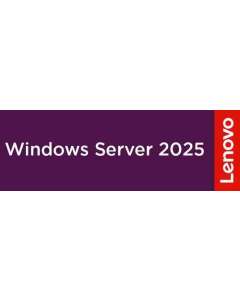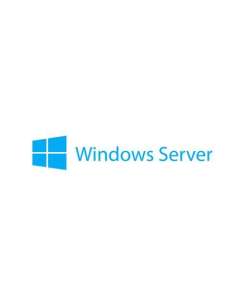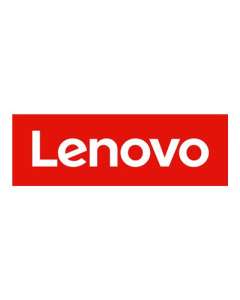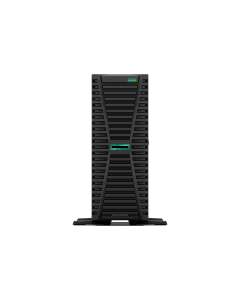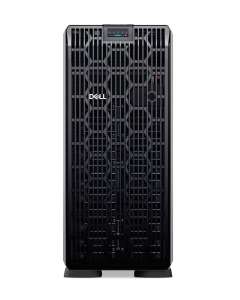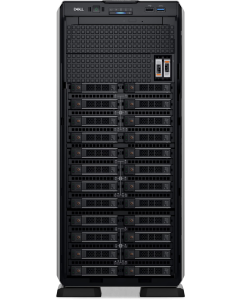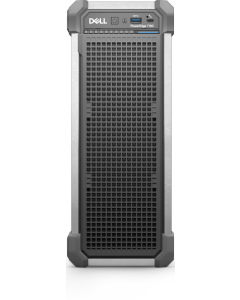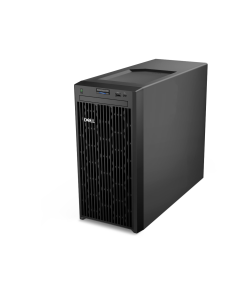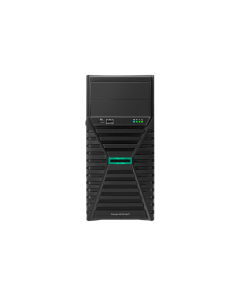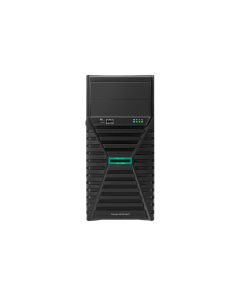Windows Server Licensing Calculator
Professional licensing calculator for Windows Server 2022 and 2025 - Get accurate requirements in seconds
Server Configuration
Virtualization Requirements
Client Access Licenses (CALs)
Device CAL: Best for shared workstations or shift workers
Additional Services
Licensing Summary
Your calculated requirements
Core Licensing
Access Licensing
Recommendation
Understanding Windows Server Licensing
Core Licensing Requirements
Windows Server 2022 and 2025 use a per-core licensing model with these essential rules:
- All physical cores must be licensed (hyperthreading/SMT does not count)
- Minimum of 8 core licenses required per physical processor
- Minimum of 16 core licenses required per server
- Core licenses sold in 2-core, 4-core, and 16-core packs
- Base license includes media and product key; additional core licenses do not
Standard vs Datacenter Edition
Standard Edition
Designed for low-density or non-virtualized environments:
- Includes rights for 2 VMs
- Cost-effective for minimal virtualization
- Ideal for small businesses
- Single-purpose servers
Datacenter Edition
Designed for highly virtualized and software-defined datacenters:
- Unlimited Windows Server VMs
- Software-Defined Datacenter features
- Cost-effective at 6+ VMs
- Ideal for large enterprises
Client Access Licenses (CALs) Explained
CALs grant users or devices the right to access Windows Server. Key points:
- User CAL: Grants one user access from unlimited devices - best for employees who work from multiple locations/devices
- Device CAL: Grants unlimited users access from one device - best for shared workstations, kiosks, or shift workers
- Only one CAL per user/device is needed regardless of how many servers you operate
- CALs are not version-specific but must match or exceed server version (e.g., 2022 CALs work with 2022 or older servers)
Common Licensing Scenarios
Scenario 1: Small Business Server
- Server: 1 CPU with 8 cores
- Requirements: File sharing, print services
- Users: 25 employees
- VMs: 2 (Active Directory + File Server)
Required Licensing: 1x Windows Server Standard 16-core base + 25x User CALs
Scenario 2: Medium Business with Moderate Virtualization
- Server: 2 CPUs with 12 cores each (24 total cores)
- Requirements: Multiple applications, database, web services
- Users: 100 employees
- VMs: 6 virtual machines
Analysis: Standard would require licensing 24 cores three times (72 total core licenses). Datacenter requires licensing 24 cores once.
Recommendation: Datacenter Edition likely more cost-effective
Scenario 3: Highly Virtualized Environment
- Server: 4 CPUs with 16 cores each (64 total cores)
- Requirements: Private cloud, multiple workloads
- Users: 500 employees
- VMs: 20+ virtual machines
Required Licensing: Windows Server Datacenter Edition (Standard would be prohibitively expensive)
Additional CAL Types
Beyond base Windows Server CALs, specific functionalities require additive CALs:
- Remote Desktop Services (RDS) CALs: Required for each user/device accessing the server via Remote Desktop
- External Connector: Alternative to user CALs for external users - one per server allows unlimited external access
Frequently Asked Questions
Can I move licenses between servers?
Standard edition licenses can be reassigned to different hardware every 90 days. Datacenter licenses have similar restrictions. Volume licensing agreements may have different terms.
Do Windows containers count toward VM limits?
Windows Server containers without Hyper-V isolation do not count against Standard edition VM limits. Hyper-V containers do count as VMs.
What about SQL Server, Exchange, or other applications?
These require separate licenses in addition to Windows Server licensing. SQL Server uses either Server+CAL or per-core licensing. Exchange requires base Windows Server CALs plus Exchange CALs.
Can I mix Standard and Datacenter on the same physical server?
No, the entire physical server must be licensed with one edition. However, you can run different editions on different physical servers in your environment.
What happens if I exceed my VM limits on Standard edition?
You must purchase additional core licenses to cover the extra VMs. For every 2 additional VMs, you need to license all physical cores again.
Need Expert Assistance?
Microsoft licensing can be complex, especially for larger deployments or specialized use cases. Our licensing specialists can help you:
- Design the most cost-effective licensing strategy for your infrastructure
- Ensure full compliance with Microsoft licensing requirements
- Plan for future growth and scalability
- Navigate volume licensing programs and options
- Understand Azure hybrid benefits and cloud migration licensing
Disclaimer: This information is provided for guidance only and is current as of 2025. Microsoft licensing terms are subject to change. Please consult with Microsoft or a licensing specialist for definitive guidance on your specific situation.











